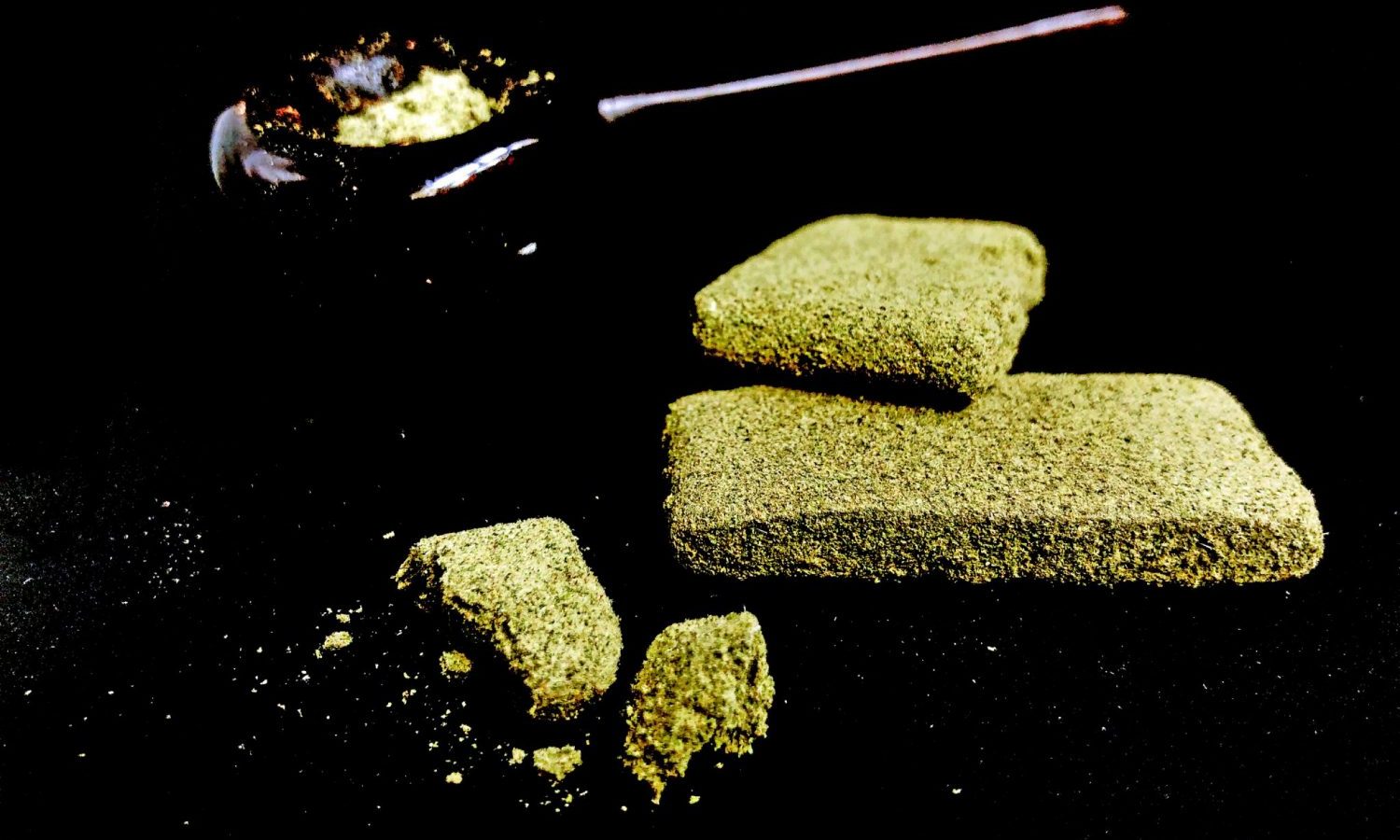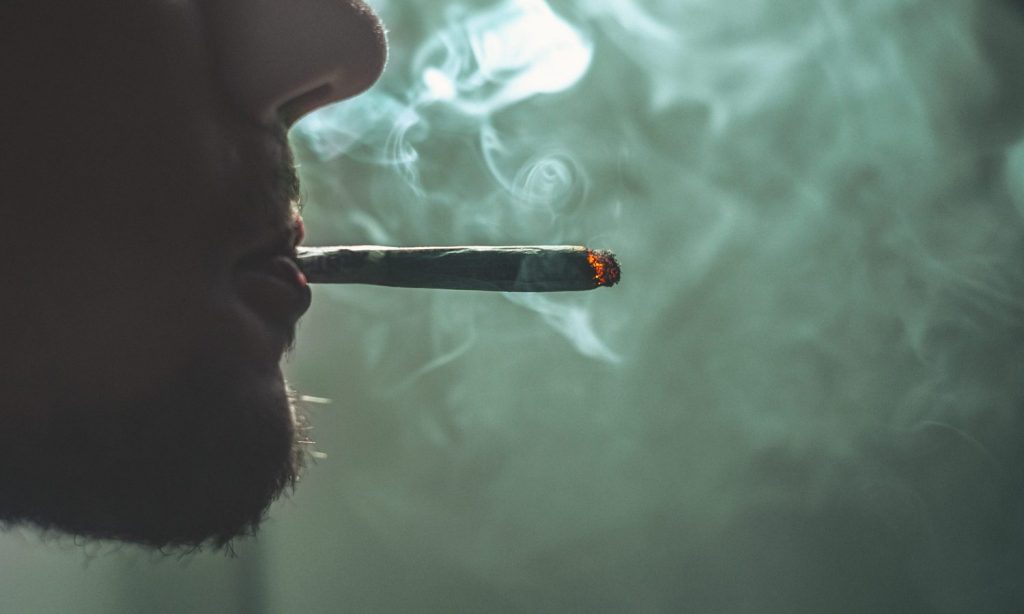
What Americans can learn from a UK study on hashish potency
Disclaimer: The views expressed in this article belong solely to the author and do not necessarily reflect those of The Fresh Toast.
A British think tank did a study entitled Changes in delta. released‐9 ‐ Tetrahydrocannabinol (THC) and cannabidiol (CBD) concentrations in cannabis over time: systematic review and meta‐Analysis.
A meta-analysis is a fancy word for studying studies, and in general, the larger the sample, the more reliable the results, and the more reliable Addiction and Mental Health Group at the University of Bath “analyzed Data from more than 80,000 street cannabis samples tested in the US, UK, Netherlands, France, Denmark, Italy and New Zealand over the past 50 years. ”
Photo by anankkml / Getty Images
However, the very long time it takes to take a sample can be more of a problem than an advantage. Fifty years ago, none of these countries were major hash producers.
For example, it was 50 years ago when I first bought Moroccan “blonde” hash in Fort Worth, Texas. (Long story) I’m pretty sure a Texas sheriff wouldn’t have known what it was. Or how to test for THC, whatever that was.
SEE: Are Cannabis Cafes Closing In Amsterdam?
On the other hand, Europeans have been smoking Lebanese, Moroccan or Afghan hashish for decades, usually mixed with a deadly drug called “tobacco”.
SEE: Guide to Different Types of Hash from Around the World
The headline of that story emphasized something about the THC levels in “cannabis resin” with “increased by 24% between 1975 and 2017. “
This is really puzzling to Americans who have been told for decades that the potency of marijuana (THC) has increased many times over. What’s the big deal?
SEE: Is Marijuana stronger today than it was in the 1960s?
But this meta-analysis states that “THC levels in herb cannabis increased by 14% between 1970 and 2017. This was primarily due to an increasing market share of stronger varieties such as Sinsemilla ”.
To make matters even more confusing, the heading of the im is University of Bath research journal emphasizes Cannabis Strength Has Risen Over The Last Half Century – New Study: Largest Study of Changes in Cannabis Over Time Shows That Increased Strength puts consumers at greater risk of harm.
Photo by GRAS GREEN via Unsplash
So your heading doesn’t match your dates. It appears to have been tailored to emphasize standard propaganda about potency and risk.
However, it’s important to note that CBD plays an important role in reducing risk for high-THC cannabis users.
They say, “Traditionally, cannabis resin contained much lower amounts of THC with equal amounts of CBD (cannabidiol, which is believed to have some health benefits), however CBD levels have remained stable as THC increased significantly, which means that it is much more damaging now than it was years ago. “
This point reflects a very British obsession with what they call “Skunk” which is at the center of their own version of “Reefer Madness”. Skunk is simply “herbal cannabis” that is said to be high in THC but very little CBD. Of course, since it is contraband, there is no precise definition of skunk.
SEE: What Does CBD Stand For?
Now in the US, hashish has a much lower THC content than popular concentrates (dabs, wax, etc.). Consequently, this meta-analysis appears to be of dubious relevance. However, their conclusion actually supports legalization, as they say, “As the potency of cannabis has increased, consumers face limited information to help them monitor their intake and make decisions about the relative benefits and risks. The introduction of a standard system of units for cannabis – similar to the standard alcohol units – could help people limit their consumption and use it more safely. “
Of course, this is only possible with legalization. Only legal cannabis has its THC potency on the label. Only legal cannabis will tell consumers what the level of CBD is.
Richard Cowan is a former NORML National Director and author of How Does Hemp Help Regenerative Agriculture?


Post a comment: